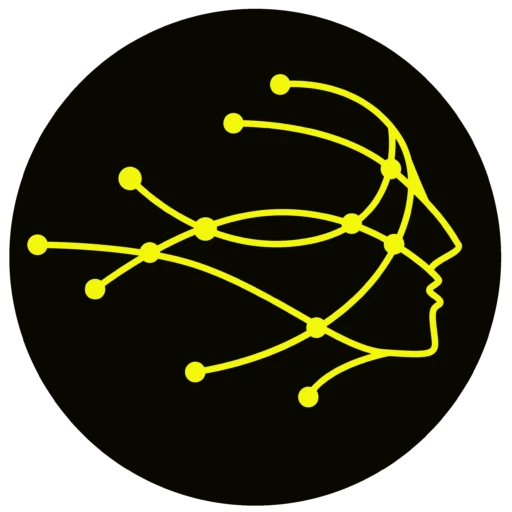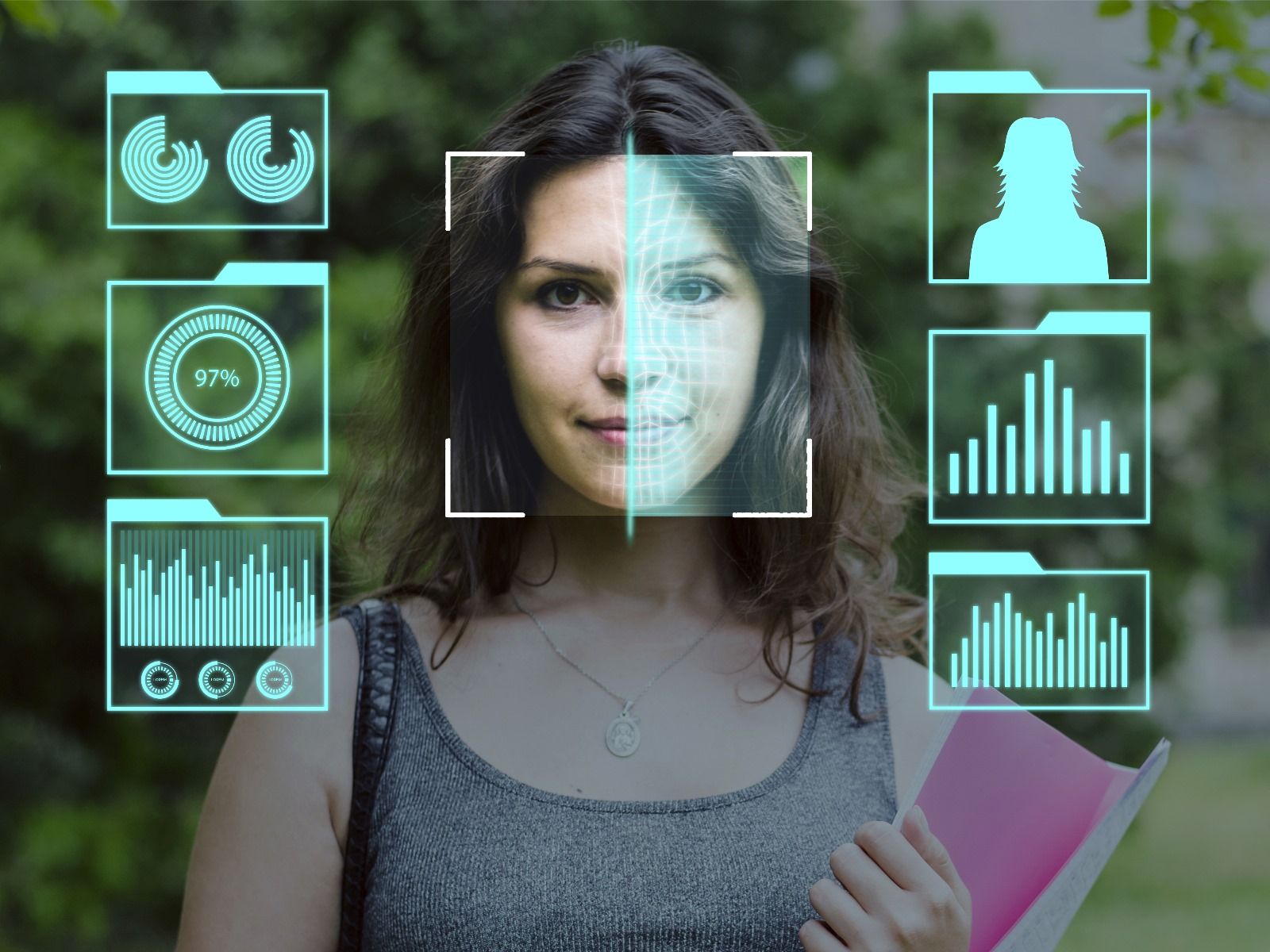Have you ever wondered how your smartphone unlocks just by looking at you, or how social media platforms suggest tags for your friends? It’s the marvel of face recognition technology – a powerful tool with capabilities that seem straight out of a sci-fi movie. From unlocking our phones with a quick glance to streamlining airport check-ins, face recognition is becoming an everyday part of our world. This technology uses cameras and sophisticated algorithms to analyze our facial features, comparing them to stored data for identification.
How Does Face Recognition Work?
At its core, face recognition is about comparing patterns. Software analyzes the unique geometry of our faces – the distance between your eyes, the shape of your chin, the contours of your cheekbones. These elements create a “facial signature” that acts like a digital fingerprint. This facial signature is compared against a database of stored images to find a match – and depending on the application, that match could mean unlocking your phone or identifying you in a crowd.
Algorithms Behind the Face Recognition Technology
[table id=69/]
Privacy Concerns Associated with Facial Recognition
The Irreplaceable Nature of Biometric Data
Unlike a compromised password, you cannot change your face. If facial recognition data is breached, the consequences are far more severe and long-lasting, leading to potential identity theft with lasting repercussions.
[table id=70 /]
Large-Scale Data Collection and Surveillance
The widespread deployment of face recognition in public spaces raises the specter of mass surveillance. It blurs the line between public and private, potentially tracking our movements without our knowledge or consent.
[table id=71 /]
Unauthorized Access and Data Breaches
Databases storing our facial data are tempting targets for hackers and malicious actors. Breaches can compromise sensitive biometric information on a large scale, with far-reaching consequences.
[table id=72/]
Function Creep and Unforeseen Uses
Facial data collected for one stated purpose could eventually be used for entirely different, and potentially intrusive, reasons. This “mission creep” is a concern as lines blur between security, marketing, and surveillance.
[table id=73 /]
Opaque Practices and Lack of Consent
People are often unaware of when and how their facial data is collected, with limited options to opt-out. This lack of transparency and choice raises ethical questions about consent.
[table id=74/]
Potential for Profiling and Discrimination
Face recognition algorithms, particularly if poorly designed, could perpetuate biases. This raises the risk of unfair profiling and targeting of certain groups based on demographics or perceived characteristics.
[table id=75 /]
Misuse by Governments and Surveillance Concerns
[table id=76 /]
Strategies for Protecting Privacy while using Facial recognition technology
With facial recognition technology becoming increasingly pervasive, protecting your privacy is crucial. While a complete shield against the potential risks may be challenging, adopting proactive strategies can greatly minimize risk and give you more control over your image and data.
[table id=94 /]


